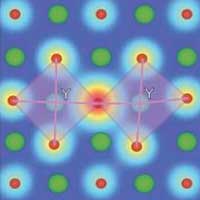 Using supercomputer simulations and a large dataset of materials, researchers found a connection between distortions in the material's atomic structure and the amount of energy required to separate a proton from the material. When this connection occurs, it makes protons heavier and slower, inhibiting proton conduction.
Using supercomputer simulations and a large dataset of materials, researchers found a connection between distortions in the material's atomic structure and the amount of energy required to separate a proton from the material. When this connection occurs, it makes protons heavier and slower, inhibiting proton conduction.
Friday, January 31, 2020
Simulations identify importance of atomic-level distortions in certain fuel cell materials
 Using supercomputer simulations and a large dataset of materials, researchers found a connection between distortions in the material's atomic structure and the amount of energy required to separate a proton from the material. When this connection occurs, it makes protons heavier and slower, inhibiting proton conduction.
Using supercomputer simulations and a large dataset of materials, researchers found a connection between distortions in the material's atomic structure and the amount of energy required to separate a proton from the material. When this connection occurs, it makes protons heavier and slower, inhibiting proton conduction.
If you want to catch more light, twist it
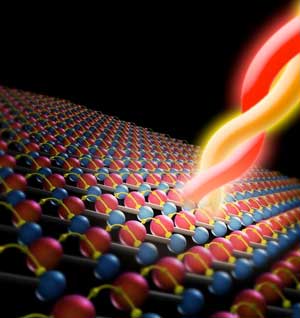 Scientists created devices based on one Weyl semimetal, tantalum arsenide. They observed that this material was able to convert more light to electricity than any other material. The conversion was 10 times higher than previous measurements with other materials.
Scientists created devices based on one Weyl semimetal, tantalum arsenide. They observed that this material was able to convert more light to electricity than any other material. The conversion was 10 times higher than previous measurements with other materials.
2D materials - Stretched to the limit and sparkling on curved surfaces
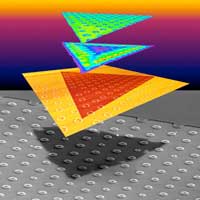 cSientists grew tungsten disulfide 2D crystals over donut shapes. With this approach, they created strain that changed the materials' growth dynamics and light emission properties.
cSientists grew tungsten disulfide 2D crystals over donut shapes. With this approach, they created strain that changed the materials' growth dynamics and light emission properties.
A quantum of solid
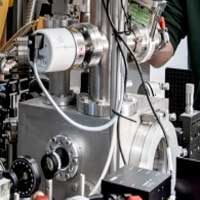 Scientists have demonstrated the cooling of a levitated nanoparticle to the motional quantum ground state.
Scientists have demonstrated the cooling of a levitated nanoparticle to the motional quantum ground state.
Harvesting water from thin air with metal-organic frameworks
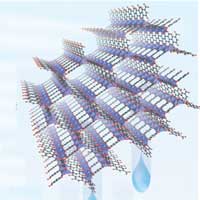 Researchers have identified highly absorbent materials that can extract drinkable water out of thin air - which could potentially lead to technologies that supply potable water in the driest areas on the planet.
Researchers have identified highly absorbent materials that can extract drinkable water out of thin air - which could potentially lead to technologies that supply potable water in the driest areas on the planet.
Subscribe to:
Comments (Atom)
